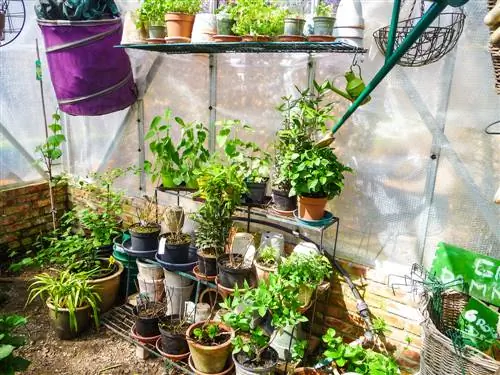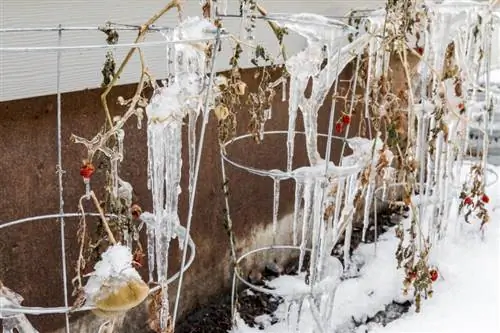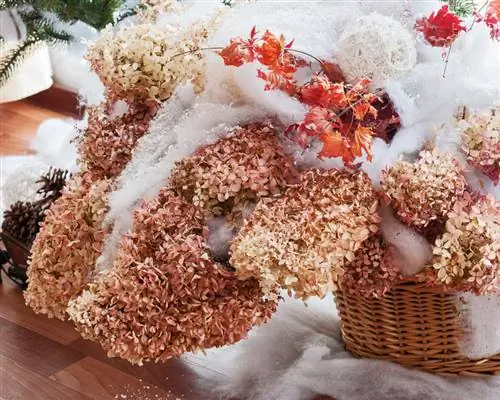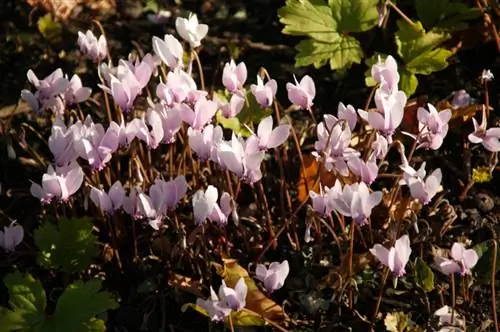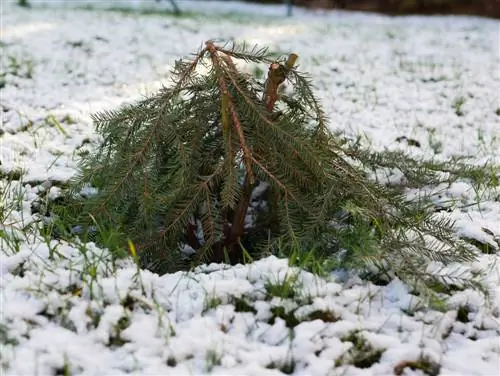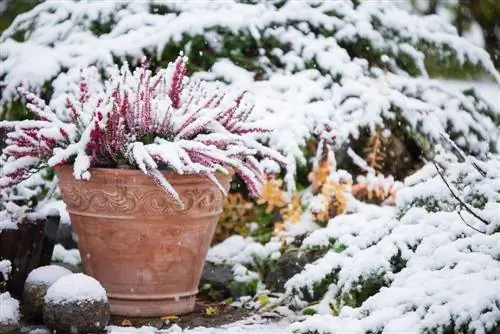- Author admin [email protected].
- Public 2023-12-16 16:46.
- Last modified 2025-06-01 06:02.
Withered summer flowers would rather go to winter quarters instead of the compost. Some of the most beautiful species on the balcony and terrace will bloom again in lavish splendor next year. These tips get to the heart of how the floral revival works.
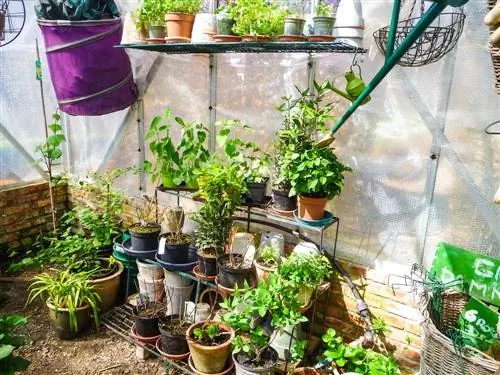
How can you properly overwinter summer flowers?
To overwinter summer flowers, separate evergreen and deciduous plants. Evergreen summer flowers need a bright location at 8-10°C, little watering and no fertilization. Deciduous plants require a cool location at 5-10°C and very economical watering, without fertilization.
Overwinter evergreen summer flowers
Dipladenia, sundaville, star jasmine and oleander produce fairytale floral fireworks over lush green leaves from spring to autumn. Far too good for a one-year guest appearance as a container plant. This is how you properly overwinter evergreen summer flowers:
- Putting away: at the latest when nighttime temperatures are below 10° Celsius
- Location: bright, not full sun
- Temperatures: optimal 8° to 10° Celsius (not below 5° Celsius, not above 15° Celsius)
- Winter care: do not fertilize, water little, spray regularly with collected rainwater
Evergreen summer flowers prefer to spend the winter in a heated winter garden or greenhouse. The summer beauties have no objection to a bright, temperate spot in the entrance area, guest room or bedroom.
Deciduous summer flowers - winter tips
Even before the first frost, deciduous summer flowers are only a shadow of their former self. The flowers shift their nutrients into the root ball, which causes the flowers to wither and the leaves to fall. The later you intervene in this process, the stronger the flowers will enter the critical winter period. The protagonists of this summer flower category are fuchsias (Fuchsia) and triplets (Bougainvillea) as well as noble geraniums (Pelargonium grandiflorum) and elf flowers (Epimedium). Overwinter deciduous summer flowers like this:
- Wintering: shortly before or shortly after the first frost
- Cutting: Cut shoots back by a third or half
- clean out, defoliate: remove wilted flower remains and remaining leaves
- Best winter location: bright and cool at 5° to 10° Celsius
- Second best winter spot: dark and frost-free at 3° to 8° Celsius
- Winter care: water very little and do not fertilize
The rule of thumb when choosing a location in winter is: the darker, the colder, but always above freezing point. In the light-flooded winter garden, the summer flowers enjoy a pleasant 10° Celsius, whereas a fresh 3° Celsius is an advantage in the dark basement.
Tip
Do you already know the unique yellow mandevilla (Urechites lutea), which never takes off its flower dress at any time of the year? The newcomer among the summer flowers continues its blossom festival seamlessly in winter. In contrast to its well-known conspecifics, this Dipladenia continues to produce yellow flowers in the warm living room if it is bright to sunny in the location. The rarity is up for grabs at Flora-Tuscany.

